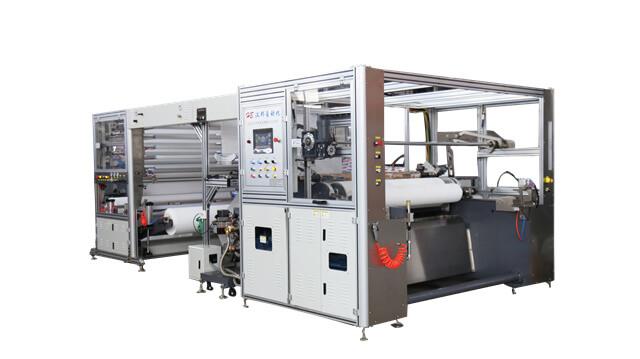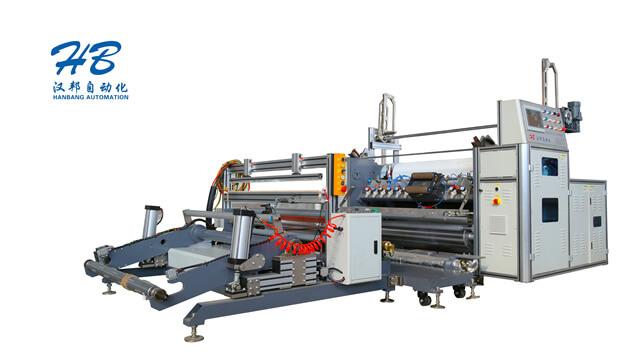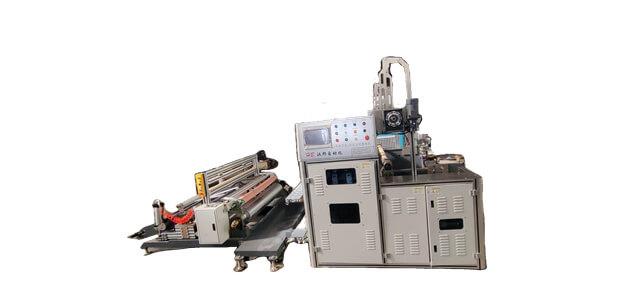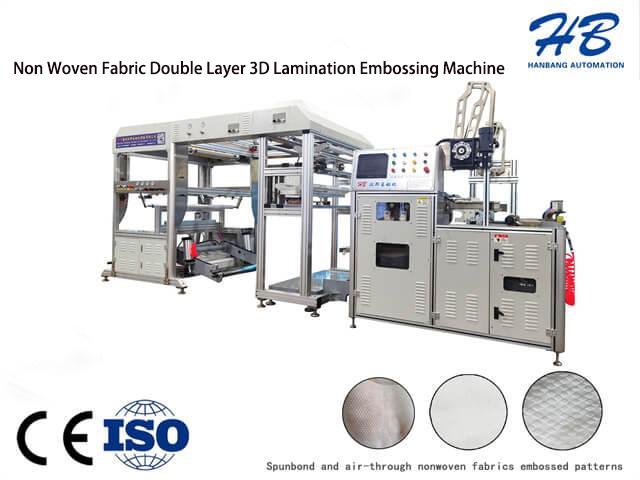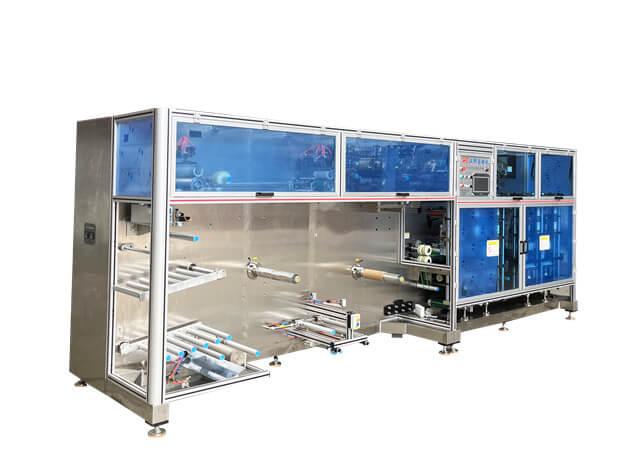Author:HB Nonwoven MachineryFROM:Compressed Towel Machine Manufacturer TIME:2023-11-01
Efficient Installation of Non Woven Fabric Lamination Machine
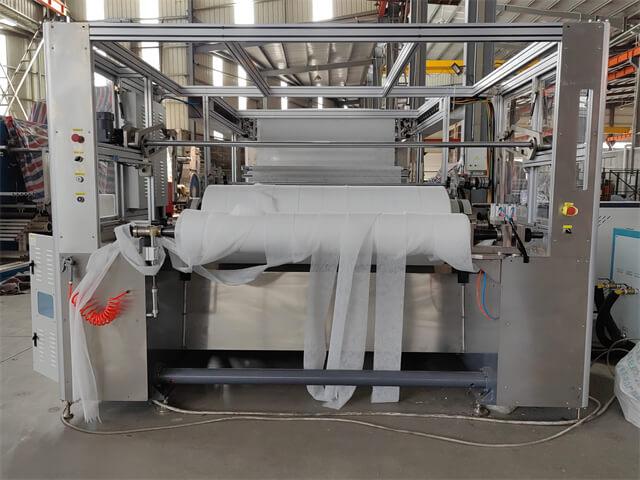
The non woven fabric lamination machine plays a crucial role in the production of diapers and sanitary napkins. This machine efficiently laminates multiple layers of non woven fabrics together to create a high-quality, absorbent product. However, the installation process of the lamination machine requires careful planning and execution to ensure its efficiency and effectiveness. In this article, we will explore the key steps involved in the installation of a non woven fabric lamination machine.
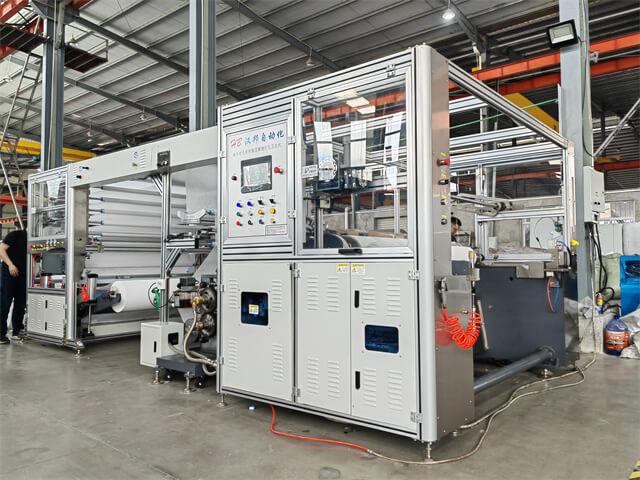
Prior to installation, it is essential to prepare the site where the machine will be installed. This involves ensuring a clean and level surface, sufficient space for the machine and its auxiliary equipment, and proper ventilation and lighting. Additionally, all necessary utilities such as electricity, water, and compressed air should be readily available at the installation site.
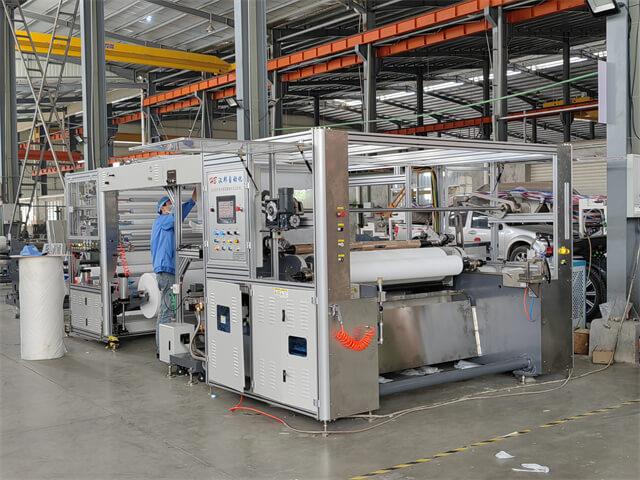
Once the installation site is prepared, the non woven fabric lamination machine can be unpacked and assembled. Care must be taken during this process to ensure that all components are handled safely and according to the manufacturer's instructions. It is advisable to have a qualified technician oversee the assembly to guarantee proper alignment and connection of the various parts of the machine.
After the machine is assembled, the next step is to establish the electrical and mechanical connections. This involves connecting the machine to the power source, installing any necessary control panels or interfaces, and ensuring proper wiring and grounding. Similarly, mechanical connections such as belts, gears, and pulleys must be carefully installed and aligned to ensure smooth operation of the machine.
Once all the connections are in place, the machine should undergo thorough testing and calibration. This involves running the machine with dummy materials to ensure that all components are functioning correctly and that the lamination process meets the required standards. Any necessary adjustments or calibrations should be made at this stage to achieve optimal performance.
Prior to putting the non woven fabric lamination machine into full operation, it is crucial to implement appropriate safety measures and provide training to the operators. Safety guards and emergency stop buttons should be installed to prevent accidents, and operators should be trained on the proper operation, maintenance, and troubleshooting procedures of the machine.
After the initial setup, a trial production run should be conducted to further optimize the lamination process. This involves fine-tuning the machine settings, adjusting the input materials, and evaluating the output quality. Continuous monitoring and analysis during the trial production phase can help identify any areas for improvement and maximize the efficiency of the non woven fabric lamination machine.
Once the machine is fully operational, regular maintenance and upkeep are vital to ensure its long-term efficiency. This includes routine inspections, lubrication of moving parts, and replacement of worn-out components. Adhering to a comprehensive maintenance schedule will minimize downtime and extend the lifespan of the non woven fabric lamination machine.
In conclusion, the efficient installation of a non woven fabric lamination machine is essential for the successful production of diapers and sanitary napkins. Through careful preparation, unpacking and assembly, connections, testing and calibration, safety measures and training, trial production and optimization, as well as regular maintenance, the machine can operate at its full potential, ensuring high productivity and quality products. By following these steps diligently, manufacturers can maximize the efficiency of their non woven fabric lamination machines.
